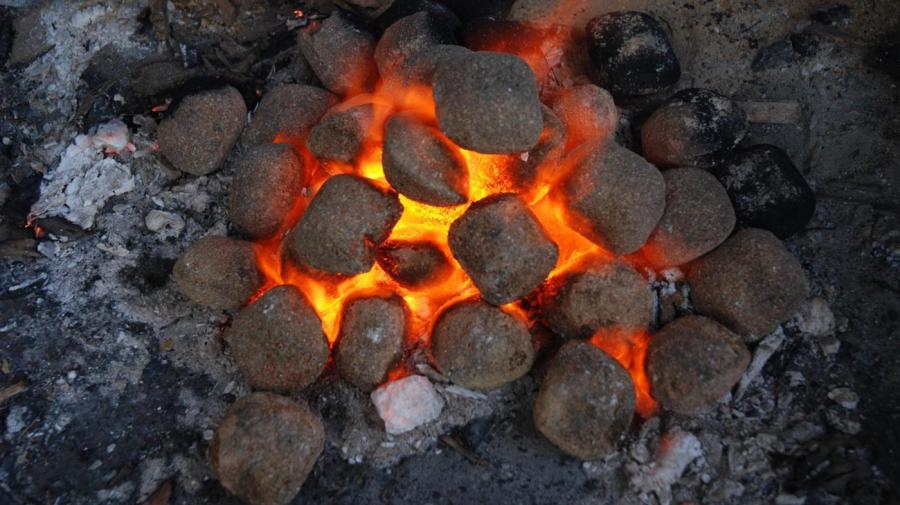What Are the Natural Resources of Colonial Delaware?

Natural resources of colonial Delaware included fertile soils, farmland and agricultural products, timber, iron, ore, fur and coal. The colony of Delaware belonged to the colonies classified as middle colonies, which included New York and New Jersey. Delaware’s climate and geography, characterized by an abundance of minerals, mild temperatures and water resources, allowed for the growth of livestock and crops, and made Delaware a key area for mineral deposits.
Grain, rice, wheat and indigo comprised the majority of agricultural products produced in and exported from colonial Delaware. Some fruits and staple crops, such as peaches and oats, also derived from farmlands in Delaware. Delaware contains rivers and streams in its interior, and has thousands of acres of wet swamp lands. The abundance of moving water made Delaware a prime candidate for establishing facilities based on water power, such as mills and manufacturing plants. Mills in Delaware produced commodities including flour, black powder for guns, tobacco and textiles. Farmers in Delaware exported crops along with cows and pigs. In addition to its natural resources, Delaware served as a key location for importing and exporting goods from overseas, given its proximity to the Atlantic coast. Laborers in Delaware found employment as shipbuilders, in addition to farming, and worked in the mills and mines of the colony, too.





